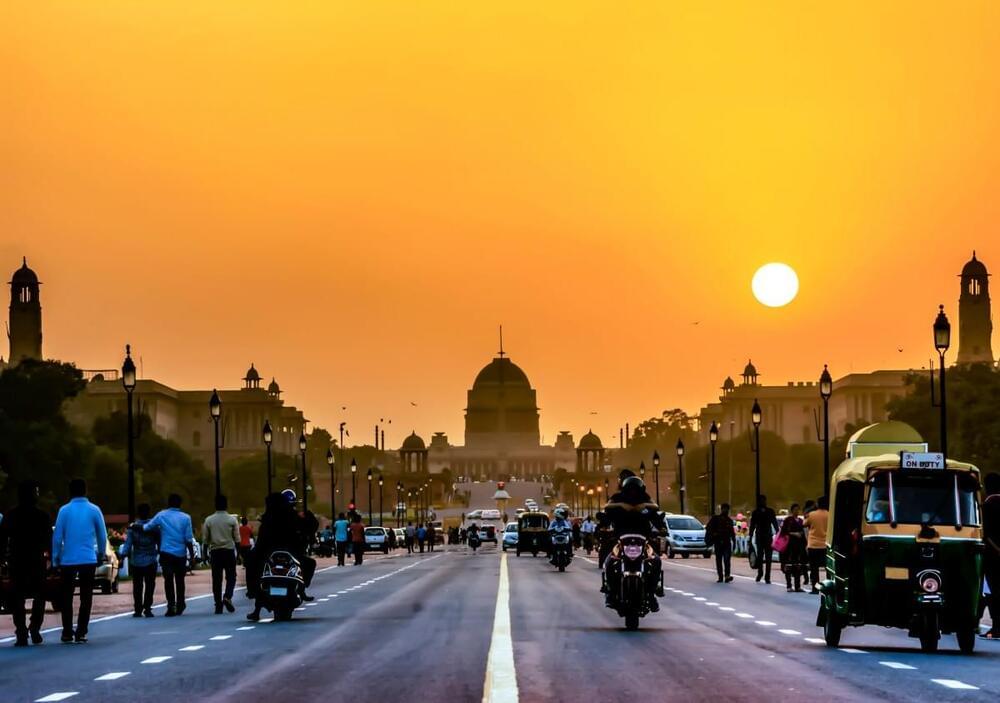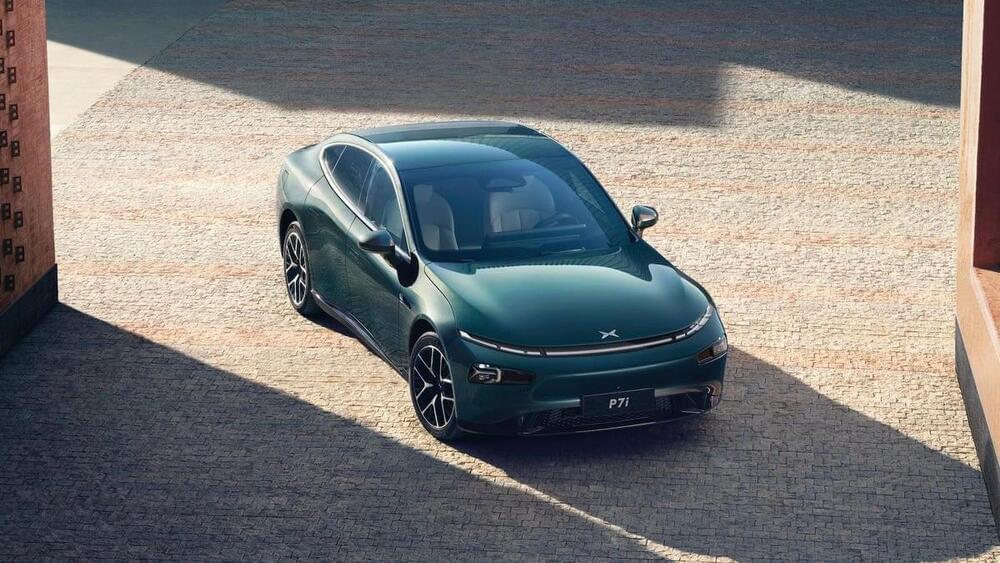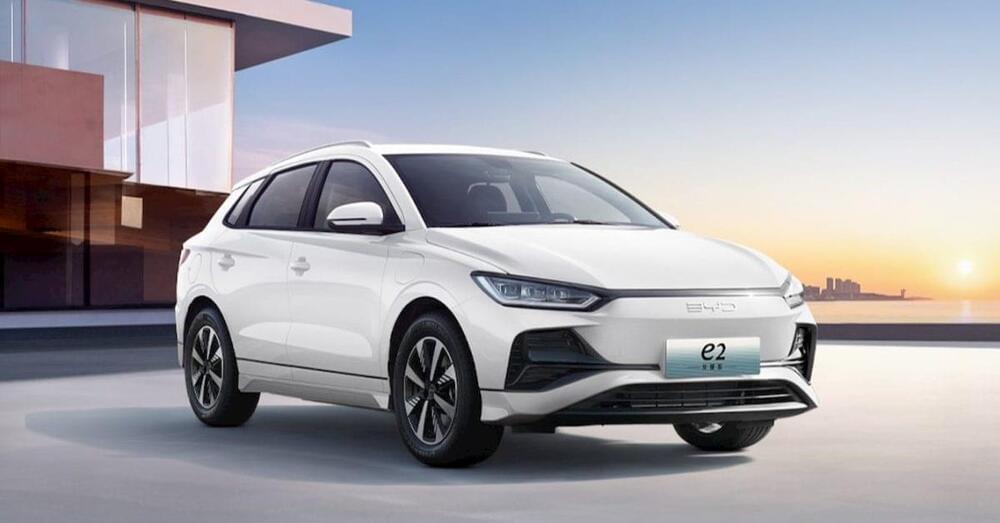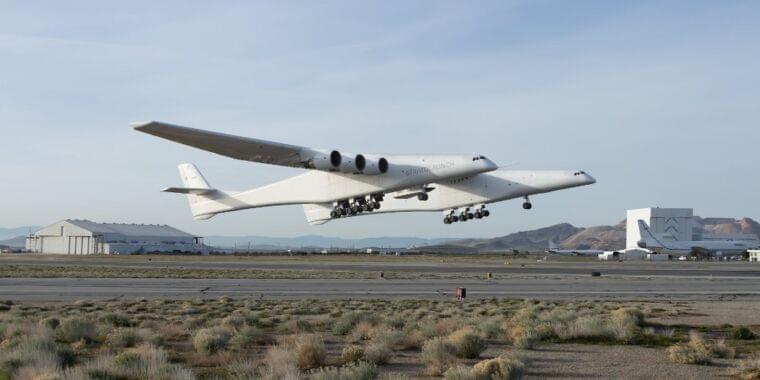India will lower import taxes on certain electric vehicles for companies committing to invest at least $500 million and setting up a local manufacturing facility within three years, a policy shift that could potentially bolster Tesla’s plans to enter the South Asian market.
Companies must invest a minimum of $500 million in the country and will have three years to establish local manufacturing for EVs with at least 25% of components sourced domestically, according to a government press release on Friday. Firms meeting these requirements will be allowed to import 8,000 EVs a year at a reduced import duty of 15% on cars costing $35,000 and above. India currently levies a tax of 70% to 100% on imported cars depending on their value.
The policy change is likely going to pave the way for Tesla to enter India, as the Elon Musk-led company has been in talks with the government to lower import duties on its electric cars for years. The move also aligns with India’s goal to boost the adoption of EVs and reduce its dependence on oil imports, with the country setting a target of achieving 30% electric car sales by 2030.








